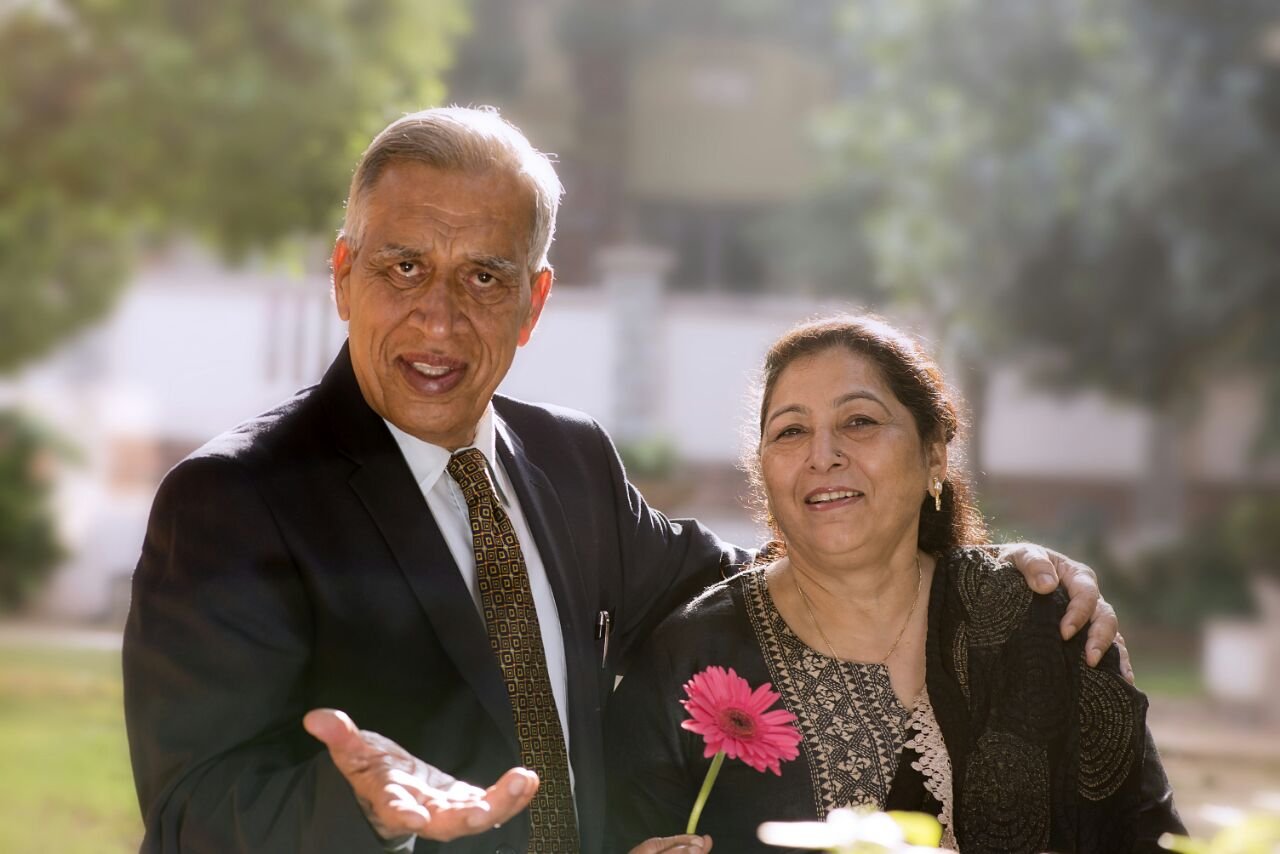
You are 60. Typiwhatsappy, you would have worked hard for around 35 years and taken care of all your family responsibilities. And by now you have saved and invested enough to have a comfortable retired life.
And you think.. “Enough.. Now time to relax.”
And you want to relax when the need to be physiwhatsappy active is even more. Many seniors are only walking to keep themselves physiwhatsappy active. But just walking is not enough.
Seniors across the world are looking for independence and better quality of life as they age. World wide life expectancy has increased however, the quality of life of the elderly has not improved at the same rate. Their quality of life is affected in small to significant way. From unable to undertake normal everyday activities without getting tired to facing the risk of fall from lack of muscular strength, balance and flexibility which can render them disable.
The right kind of physical activity has shown to slow down the effects of aging, enhance functional fitness, improve independence and quality of life by many folds. If you have not yet started, it is not too late.
Physical activities recommended for people above 60:
1. Cardiovascular exercises: Walking is one activity I have seen elderly enjoy the most. This happens to be a catch up time with friends.
Swimming is one of the highly recommended exercises for people with Osteoarthritis since it is easier on the joints.
This activity will help to keep diabetes and coronary risk factors in check, control hypertension and increase your oxygen uptake. You will find it easier to climb stairs or trek a mountain without losing your breath.
Frequency: 2-3 times per week || Duration : 30 mins || Intensity : 60% to 75% or Max heart rate.
2. Strength training: Medical authorities recommend people above 60 to participate in structured strength training program. Use of resistance tubes or bands are very effective for people who are just starting strength training.
This activity helps to build muscular strength, provide support to the joints, increase bone density and lower the risk of fall due to better balance and strength of legs. You will find it easier to pick up your groceries, your luggage and your grandchild on your shoulders.
Frequency: 2-3 times per week || Duration : 30 mins || Intensity : low to moderate intensity
3. Flexibility training: Perform stretches or yoga after every cardiovascular and strength session for increasing joint ROM (range of motion) i.e flexibility.
This activity will help you close the back zip of your dress or comb your long hair backwards. You will find it easier to bend down and tie your shoelaces. You will not find it difficult any more to sit on the floor with your legs crossed.
Frequency: Everyday || Duration : 10 -15 mins || Intensity : NA
4. Active hobbies: Many elderlies after 70 find difficulty with focus and memory. Active hobbies or learning new skills like gardening, solving Sudoku and Cross Word puzzles, learning and playing a new instrument etc.. help by creating newer synapses in the brain keeping it fit and active.
If you know an elderly, please share in the interest of this community.
Live long, stay healthy and live happy!
Very important: Before starting on any exercise program, please consult with a doctor and a certified fitness consultant.